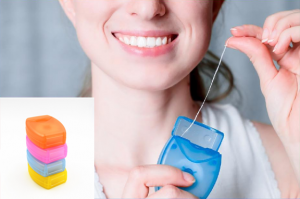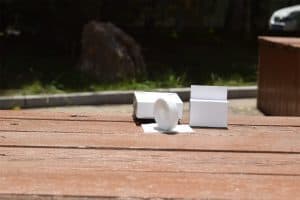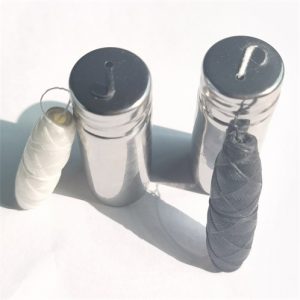Dental hygiene is a crucial aspect of maintaining good health. Regular brushing and flossing of teeth help to prevent gum disease, tooth decay, and bad breath. Flossing is an essential part of oral hygiene as it helps to remove food particles and plaque from between teeth and gums that brushing alone cannot reach. Flossing can also help prevent tartar buildup, which can lead to gum disease and tooth loss. However, with the increasing concern about the environment, it’s crucial to examine the impact of dental floss on the environment, particularly its biodegradability.
Nylon Floss
Nylon floss is a type of dental floss made of synthetic fibers. Nylon is a synthetic polymer that is used in many products, including clothing, carpets, and fishing nets. It is durable, flexible, and strong, making it a popular choice for dental floss. Nylon floss is usually coated with a wax or plastic material to make it easier to slide between teeth.
Biodegradability
Biodegradability refers to the ability of a substance to break down into natural materials, such as water, carbon dioxide, and organic matter. Biodegradability is crucial because it determines how long a substance will remain in the environment after it’s disposed of. If a substance is biodegradable, it will break down into harmless materials that won’t harm the environment. However, if a substance is not biodegradable, it can remain in the environment for years, causing pollution and harming wildlife.
Nylon Floss and Biodegradability
Nylon floss is not biodegradable. Nylon is a synthetic material that does not break down in the environment. When nylon floss is discarded, it can take hundreds of years to decompose. The wax or plastic coating on the floss also makes it difficult for bacteria and other microorganisms to break down the floss.
Environmental Impact of Nylon Floss
The use of nylon floss has a significant environmental impact. When nylon floss is discarded, it can end up in landfills, where it will remain for hundreds of years. Nylon floss can also end up in water bodies, where it can harm wildlife. Marine animals can mistake nylon floss for food and ingest it, which can lead to injury or death. Nylon floss can also entangle and suffocate marine life.
Alternatives to Nylon Floss
Fortunately, there are biodegradable alternatives to nylon floss. There are several types of biodegradable dental floss available on the market. Here are some examples:
- Silk floss: Silk floss is a natural, biodegradable floss made from silk fibers. It is gentle on gums and effective at removing plaque and food particles.
- PLA floss: Cornstarch floss is made from cornstarch and other natural materials. It is compostable and breaks down easily in the environment.
- Charcoal floss: Charcoal floss is made from bamboo charcoal fiber, which is biodegradable and eco-friendly. It is also effective at removing plaque and whitening teeth.
There are several brands of biodegradable floss available on the market. Here are some examples:
- Dental Lace: Dental Lace offers biodegradable silk floss that comes in a refillable glass container.
- Eco-Dent: Eco-Dent offers several types of biodegradable floss, including vegan floss made from plant-based fibers and natural floss made from silk.
- Radius: Radius offers biodegradable silk floss that comes in a refillable glass container or a compostable packaging made from plant-based materials.
- Georganics: Georganics offers bamboo floss that is biodegradable and compostable.
- The Humble Co.: The Humble Co. offers biodegradable cornstarch floss that comes in a refillable glass container.
Nylon floss is not biodegradable and has a significant environmental impact. When nylon floss is discarded, it can end up in landfills or water bodies, where it can harm wildlife. Fortunately, there are biodegradable alternatives to nylon floss, such as bamboo and silk floss. As consumers, we have the responsibility to make environmentally conscious choices and choose biodegradable floss to reduce our impact on the environment.




